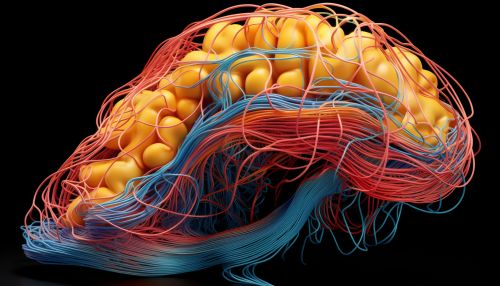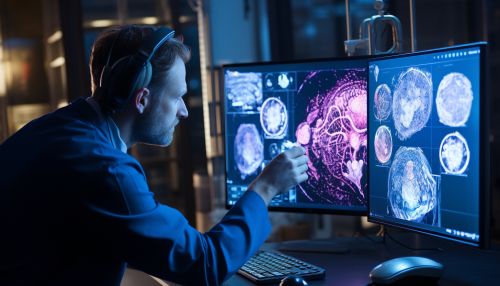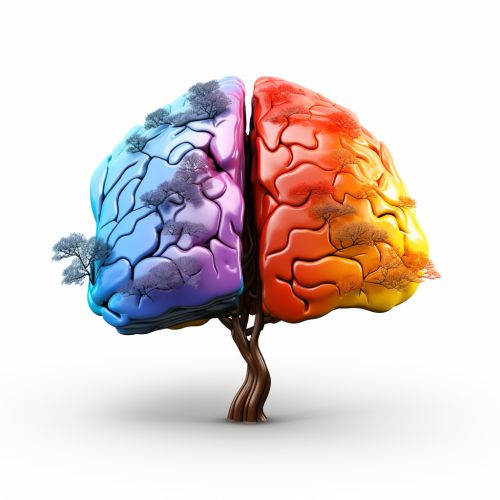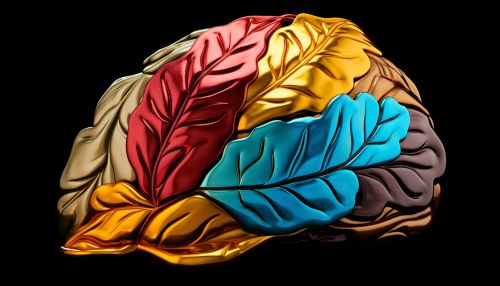The Science of Human Brain Connectivity
Introduction
The human brain, a complex organ with over 100 billion neurons, is the center of the nervous system. It is responsible for controlling and coordinating all the functions of the body, including thought, emotion, and behavior. One of the most fascinating aspects of the brain is its connectivity, which refers to the network of connections between different brain regions. This article delves into the science of human brain connectivity, exploring its structure, function, and significance in various cognitive processes and disorders.
Anatomy of Brain Connectivity
Human brain connectivity can be broadly divided into two categories: structural connectivity and functional connectivity.
Structural connectivity refers to the physical connections between different brain regions, primarily constituted by white matter tracts. These tracts are bundles of myelinated axons, which serve as the 'wiring' of the brain, allowing for communication between different regions.
Functional connectivity, on the other hand, refers to the statistical dependencies or correlations between the activities of different brain regions. This means that even if two regions are not physically connected, they might still show synchronized activity and hence are functionally connected.


Methods of Studying Brain Connectivity
There are several methods used to study human brain connectivity, each with its own strengths and limitations.
Diffusion tensor imaging (DTI) is a type of magnetic resonance imaging (MRI) technique that is commonly used to study structural connectivity. It works by measuring the diffusion of water molecules in the brain, which can reveal the direction and integrity of white matter tracts.
Functional magnetic resonance imaging (fMRI) is another MRI-based technique that is used to study functional connectivity. It measures brain activity by detecting changes in blood flow, which is thought to be closely linked to neural activity.
Electroencephalography (EEG) and Magnetoencephalography (MEG) are other methods used to study functional connectivity. They measure the electrical and magnetic fields generated by neural activity, respectively, and can provide a high temporal resolution, allowing researchers to track changes in brain connectivity over time.


Role of Brain Connectivity in Cognitive Processes
Brain connectivity plays a crucial role in various cognitive processes. For instance, the default mode network (DMN), a network of brain regions that are functionally connected, is thought to be involved in self-referential thinking and mind-wandering.
Similarly, the salience network, another functionally connected network, is believed to be involved in detecting and responding to salient stimuli, while the central executive network is associated with higher cognitive functions such as working memory and decision making.
Brain Connectivity and Disorders
Alterations in brain connectivity have been implicated in various neurological and psychiatric disorders. For instance, studies have shown altered structural and functional connectivity in conditions such as schizophrenia, autism, Alzheimer's disease, and depression.
In schizophrenia, there is evidence of reduced connectivity in the fronto-temporal regions, which might contribute to symptoms such as hallucinations and delusions. In autism, on the other hand, there is evidence of both over-connectivity and under-connectivity in different brain regions, which might contribute to the characteristic symptoms of the disorder.


Future Directions in Brain Connectivity Research
The field of brain connectivity is still young, and there is much to learn. Future research is likely to focus on developing more sophisticated methods for studying brain connectivity, as well as on understanding the genetic and environmental factors that influence brain connectivity. There is also a growing interest in the potential of brain connectivity as a biomarker for various disorders, which could have significant implications for diagnosis and treatment.
